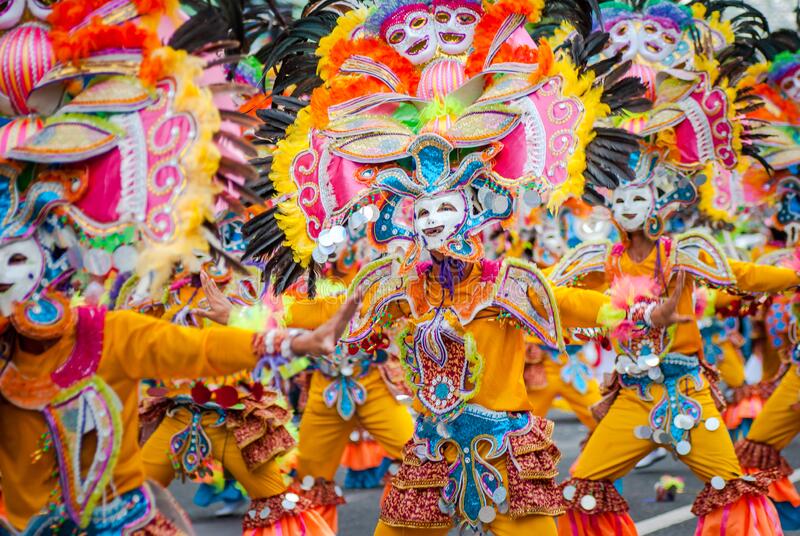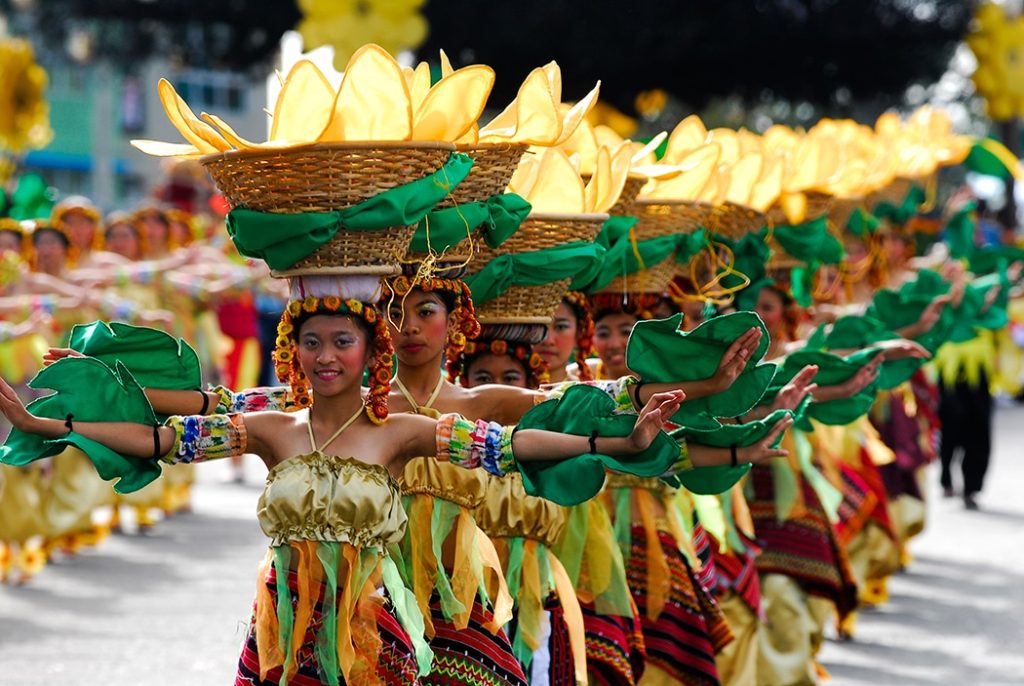The Philippines is a country that is rich in culture and traditions. One of the best ways to experience this culture is by attending the many festivals held throughout the year. These festivals are colorful, vibrant, and full of energy, and they offer visitors a chance to witness and participate in traditional dances, music, and food.
One of the most popular festivals in the Philippines is the Sinulog Festival, held every January in Cebu City. This festival celebrates the patron saint of Cebu, Santo Niño, and it features street dances, processions, and colorful parades. The festival attracts millions of visitors each year, making it one of the largest and most exciting festivals in the country.
Another popular festival is the Ati-Atihan Festival, held every January in Aklan. This festival celebrates the indigenous Ati people and their patron saint, Santo Niño de Cebu. The festival is known for its colorful costumes and traditional dances, which are performed in the streets. The highlight of the festival is the “sadsad” or street dancing, where locals and visitors join together to dance to the beat of drums.

The Panagbenga Festival, held every February in Baguio City, is also a popular festival in the Philippines. This festival celebrates the blooming of the city’s flowers and features a parade of colorful floats and street dancers. The festival also includes a variety of cultural shows and competitions, making it a must-see event for anyone interested in Philippine culture.
The Kadayawan Festival, held every August in Davao City, is another festival that celebrates the culture and traditions of the Philippines. This festival showcases the indigenous tribes of Davao, and it features a variety of events, including street dances, cultural shows, and food fairs. The festival is also a great opportunity to sample the local cuisine, which includes exotic fruits and traditional dishes.
The MassKara Festival, held every October in Bacolod City, is another festival that is worth experiencing. The festival is known for its colorful masks and costumes, and it features a variety of events, including street parties, parades, and beauty pageants. The festival also includes a food fair, where visitors can sample local delicacies.
The Pahiyas Festival, held every May in Lucban, Quezon, is a unique festival that celebrates the harvest season. The festival is known for its colorful decorations, which are made from fruits, vegetables, and other farm produce. The festival also features traditional dances and music, making it a great way to experience the rural culture of the Philippines.
The Dinagyang Festival, held every January in Iloilo City, is another festival that celebrates the culture and traditions of the Philippines. The festival is known for its street dancing, which features performers in colorful costumes and masks. The festival also includes a variety of cultural shows and competitions, making it a great way to experience the vibrant culture of Iloilo.

The Feast of the Black Nazarene, held every January in Manila, is a religious festival that celebrates the Black Nazarene, a statue of Jesus Christ. The festival is known for its processions, where thousands of devotees carry the statue through the streets. The festival is a great way to experience the deep faith and devotion of the Filipino people.
The Pintados Festival, held every June in Tacloban City, celebrates the indigenous tribes of Leyte. The festival is known for its traditional dances and colorful body paint, which symbolizes the bravery of the ancient warriors of the region. The festival also includes a variety of cultural shows and competitions, making it a great way to experience the rich cultural heritage of Leyte.
In conclusion, the festivals of the Philippines offer a unique and unforgettable cultural experience. From the colorful costumes and traditional dances to the mouth-watering food and festive atmosphere, there is something for everyone to enjoy. Attending these festivals is not only a fun way to explore the country’s culture and traditions, but it also provides a deeper understanding of the people and their way of life. Whether you’re a local or a foreigner, attending a festival in the Philippines is an experience that should not be missed.
Furthermore, these festivals also provide economic benefits to the communities where they are held. The influx of visitors during the festival season generates revenue for local businesses, and it also creates job opportunities for people in the area. Moreover, it promotes tourism and highlights the beauty and uniqueness of the different regions of the country.
In recent years, some festivals have been impacted by the COVID-19 pandemic, with some events being canceled or scaled down. However, many organizers have adapted and found ways to hold virtual or modified versions of their festivals, ensuring that the traditions and cultural practices are still celebrated while prioritizing the health and safety of everyone involved.
In conclusion, the festivals of the Philippines offer a glimpse into the rich cultural heritage and traditions of the country. Each festival has its own unique flavor, highlighting the diverse customs and practices of the different regions of the country. Attending these festivals is not only a fun and exciting experience, but it also provides a deeper understanding of the people and their way of life. So, make sure to add some of these festivals to your bucket list and experience the joy and beauty of Philippine culture.
